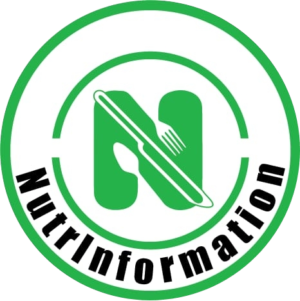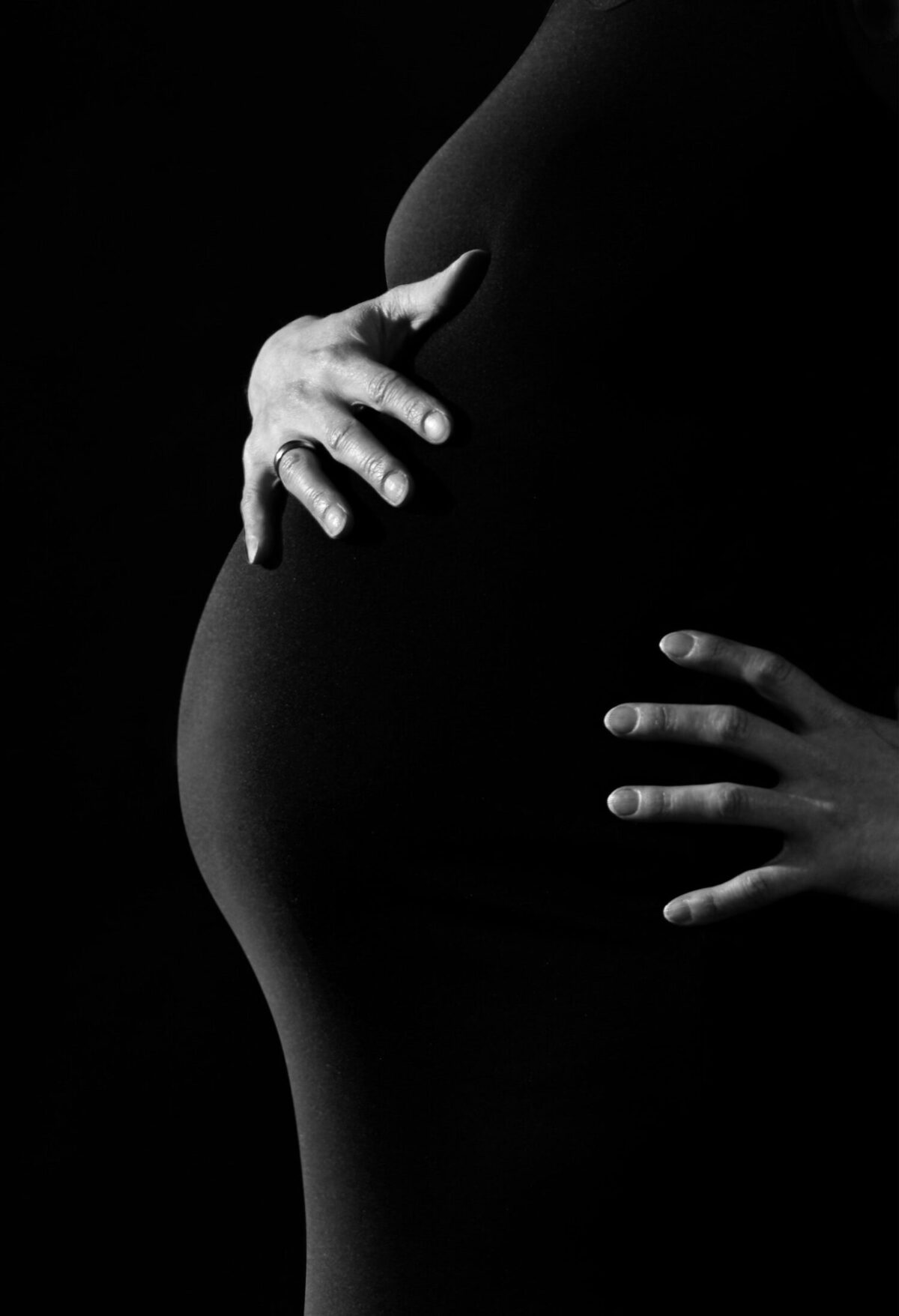Preeclampsia and how to manage it
Preeclampsia or gestational hypertension is a pregnancy induced hypertension (PIH). It occurs after 20 weeks of pregnancy in women who had normal blood pressure before pregnancy. Preeclampsia is characterized by hypertension (High blood pressure), proteinuria (Excess proteins in the urine), and edema (Swelling associated with accumulation of fluids in body tissues).
Risk factors for preeclampsia
- First pregnancy excluding miscarriages
- Being overweight
- Hypertension, lupus, kidney disease, or diabetes before pregnancy
- Multiple gestation (Expecting more than one child)
- Family history of preeclampsia
- Maternal age of below 20 years or above 35 years
Dietary Management of Preeclampsia
Eating a balanced diet is key
Give priority to good quality proteins (Proteins from animal sources and eggs). Eating 1 boiled egg/day is advisable. Also eat a variety of foods. This is the best shot at ensuring you receive all nutrients.
Eat small and frequent meals
Do not skip meals or fast in this season. Skipping meals make you feel hungry and overeat later. As a result you could gain excess weight complicating the preeclampsia. It is advisable to eat 3 meals and 3 snacks per day. Remember to eat small portions.
Increase your calcium intake
Low calcium levels in the body increase the risk of hypertension during pregnancy. It is therefore important to eat enough calcium-rich foods. These include dairy products, beans and lentils, Sardines (omena), and seeds like chia, sesame as well as almonds. You should eat at least four servings of these foods per day. Because of obesity issues, it is recommended to take low-fat or skimmed milk. Because fat from milk may lead to excess calories. While still on calcium, it is important to note that excess calcium (>4000mg/day) can cause calcium toxicity. In case you are taking any calcium supplements, please check their calcium content/dosage.
Eat plenty of fruits and vegetables
These will give you fibre, Magnesium, Potassium and Vitamin C. These have a role in controlling blood pressure. Green leafy vegetables like amaranth (Terere), cauliflower and cowpeas (Kunde leaves) are also rich in calcium.
Do not eliminate salt from your diet
Many hypertensive patients are advised to eliminate salt from their diets. However, as far as preeclampsia is concerned this is not necessary. The salts actually help in maintaining proper fluid balance. Sodium and Potassium are important in this balance. However, if you have edema, you should restrict your salt intake to a maximum of 1 teaspoon per day. In order to achieve this, you should avoid eating baked goods, tomato sauce/chili sauce, chocolates, cheese, potato crisps, and related snacks. These foods contain salt. You should also not add salt to food at the table.
Cut down on your intake of saturated fats
These include margarine, butter, ghee mayonnaise, milk cream as well as any food cooked with solid fats. In addition to this, avoid eating fatty foods (mostly fast foods), and fried foods.

